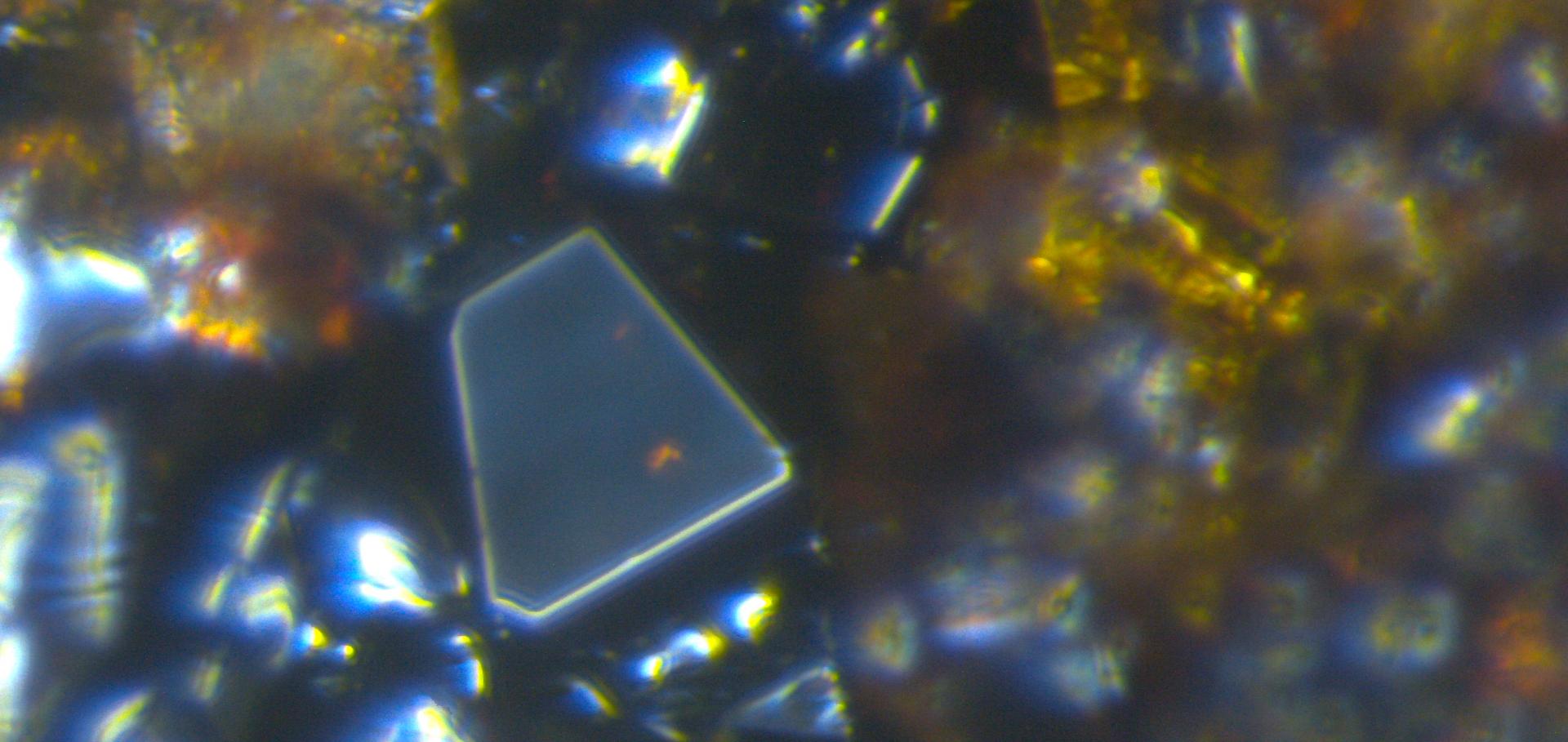From continuum excitations to sharp magnons via transverse magnetic field in the spin-12 Ising-like triangular lattice antiferromagnet Na2BaCo(PO4)2
Physical Review B American Physical Society (APS) 112:10 (2025) 104413
Abstract:
We report high-resolution inelastic neutron scattering measurements of the excitation spectrum in large single crystals of the spin-1/2 triangular-lattice Ising-like antiferromagnet in magnetic fields applied transverse to the Ising axis. In the high-field polarized phase above a critical field , we observe sharp magnons, as expected in the case of no exchange disorder. Through simultaneous fits to the dispersions including data in a polarizing field along the Ising axis, we obtain an excellent match to an Ising-like XXZ Hamiltonian and rule out previously proposed Kitaev exchanges. In the intermediate-field phase below , we observe three dispersive modes, out of which only the lowest energy one is sharp and the others are broad and overlap with continuum scattering. We propose that the broadening effects are due to magnon decays into two-magnon excitations and confirm that such processes are kinematically allowed. The continuum scattering becomes progressively stronger upon lowering the field and, at 0.25 T and zero field, it dominates the entire spectrum with no clear evidence for even broadened magnon modes. We discuss the relevance of the continuous manifold of mean-field degenerate ground states of the refined Hamiltonian for capturing the observed spectrum in zero field, and compare the data with the one- and two-magnon spectrum averaged over this manifold. We also propose a model of the interlayer couplings to explain the observed finite interlayer magnetic propagation vector of the zero-field magnetic order; this requires the breaking of the mirror symmetry in the nominal space group and through refinement of x-ray diffraction data on an untwinned single crystal, we indeed confirm a rotation of the octahedra around the axis, which lowers the symmetry to .Superconductivity in Ternary Zirconium Telluride Zr6RuTe2
Journal of the Physical Society of Japan 94:8 (2025)
Abstract:
ZrCubic ReSTe as a high-performance thermoelectric material
Applied Physics Letters 126:24 (2025)
Abstract:
We report thermoelectric properties of sintered samples of undoped, W-doped, and Sb-doped ReSTe crystallized in a cubic MoSBr-type structure. All samples exhibited p-type thermoelectric properties. ReSTe and ReFrom continuum excitations to sharp magnons via transverse magnetic field in the spin-1/2 Ising-like triangular lattice antiferromagnet Na2BaCo(PO4)2
(2025)
Superconductivity in Hexagonal Zr6 CoAl2 -Type Zr6 RuBi2 and Zr6 FeBi2
Journal of the Physical Society of Japan 94:1 (2025)


